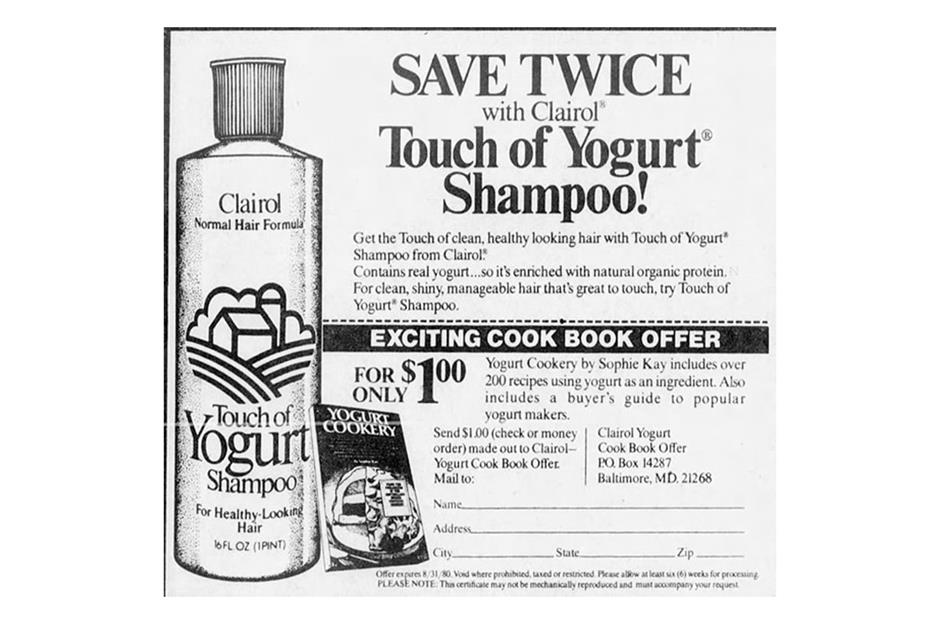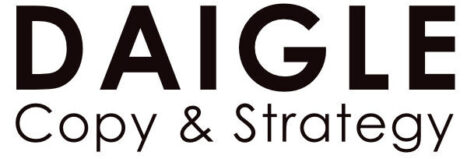
Last week, I was on the Comprehensive Copywriting Academy social media forum and stumbled across a post from a budding copywriter. She was confused, upset and I can’t blame her one bit.
She had an initial interview with a potential client who had a new invention. It is a showerhead attached to a box that dispenses pretty much anything that will dilute in water –soap, conditioner, moisturizer, even seaweed.
The idea is that people will want to have their favorite skin or hair care products slathered over them throughout their shower.
Now, I’m not sure there’s a market for this thing. But, judging from some of the feedback in the post, there may be. It doesn’t matter because the inventor has already built a prototype and launched the product.
What matters now is getting it in front of the right audience.
But when the copywriter asked the inventor who his ideal customer was, he replied, “Anyone with a shower.”
Of course, the copywriter was confused and upset. I was upset for her. There’s no flippin’ way she can speak to every single shower owner!
To be fair to the client, it’s an easy trap to fall into. I see it all the time, even among established brands. (I’m looking at you, Neutrogena who wants to sell their product to “people with skin”)
But that doesn’t make it any less dangerous.
Here’s why it’s a problem and how to avoid it.
It’s a money pit

Suppose our showerhead inventor really believes that anyone with a shower is a potential customer. In that case, he has to advertise to all those people.
That’s gonna get pricey because if his customer is anyone, then they must be everywhere.
To reach that many people, he would need to hit social media, billboards, television, radio, magazines, and the list goes on and on. Anything less would alienate a large portion of his customer base.
And he’d have to do it very early in his growth cycle when he’s probably already strapped for cash.
Luckily, his target audience isn’t everyone with a shower any more than Coca-Cola’s ideal customer is anyone with a mouth.
He will have to find his target, but that doesn’t necessarily have to be complicated or expensive. In fact, his biggest initial resource burn may just be time.
But where do you start? The best place is with the product itself.
Mike Michalowicz wrote in his book The Pumpkin Plan that every business competes in one of three areas: quality, convenience, or price.
For example, during a recent stint in the U.K., it became apparent I could get fish and chips just about anywhere. Yum!
Most towns had little walk-in shops. There was no seating. You order, get your food and leave. But for a few pounds, you could get enough food for two people. It was a great deal. But it wasn’t convenient. If I wanted to have a pint with it (which I always did), I had to hunt around for a pub that allowed me to bring in food.
Not that easy.
If I wanted the same meal in a convenient setting, I’d buy it in a restaurant. The price? Usually two to three times more, and it wasn’t any better than the walk-in shop. But it wasn’t messy, and I could get a pint at the same time.
If I ate it at a restaurant where I literally saw the fish coming off the boat, the cost went up. But it was so fresh, you could taste the difference. It was the same meal, but the quality was much higher.
So, our showerhead inventor needs to determine which category where his product lands. Then he can begin to hone in on a target audience.
In his case, I would not plant my flag in the quality arena. The product, at least to my eye, isn’t particularly beautiful or luxurious
Of course, you could argue that having a high-end skin or hair product makes it a luxury item. But I don’t think so. It’s still the same plastic bin and normal-looking shower head.
I can’t really comment on the price because none has been listed. But I can’t imagine it would cost less than some discount showerhead you can find in a big box store. So, forget the price argument.
That leaves us with convenience. That seems to be where this thing shines. You don’t have to worry about bringing the right product into the shower with you. It’s already there. It might cut down on the clutter of products in your shower. That’s convenient. And it looks like it would save time from bothering with stopping to lather up or moisturize. It’s already happening while you shower.
Hey, this thing might help some folks get to work on time with skin that looks great!
So, we know he should be looking for an audience that wants convenience. That helps narrow the target audience. But there’s still more work to do. The focus is still too broad, and money will still get wasted.
Our inventor needs more help. As Tim Taylor would say, it’s tool time!
There are quite a few free tools out there to help zoom in closer on his target audience so his copywriter can speak to them.
Hubspot’s Make My Persona, is an excellent one. It helps hone in on who might be interested in a product or service, how to reach them, and how to market to them.
Typeform is another free (at first) program that will conduct market surveys right on your website. There are upgrade packages. But even those are pretty modest considering the benefit of finding the right customer.
There’s also the organic social media route. He can look at feedback in his posts, conduct surveys there, and look at reviews. So the feedback may not be quantitative, but it still has value when you see trends developing.
For example, suppose our showerhead inventor repeatedly sees questions about what type of organic skin products can be used but very little about hair products. In that case, he gets a better understanding of what kind of messaging is needed.
Without this kind of information, any product or service offered will waste money for one simple reason.
You can’t clarify your message, so you can’t sell anything

In 1979, Clairol introduced a new shampoo in their lineup called “A Touch of Yogurt.” (I’m not making this up, I swear.)
They thought consumers would understand the benefits yogurt would have for their hair.
They were dead wrong. Here’s why.
Back in those heady days of the Carter administration, yogurt was a fringe product in America. It was considered hippie fare, not something you brought home from the local grocery.
Clairol was one of the Queens of the hair care aisle, and its consumers were mainstream consumers who bought mainstream consumer-type things.
Armed with this knowledge, Clairol rolled out the following introductory offer:

Mmmm…..Yogurt.
Yep, they introduced a yogurt cookbook with their shampoo. Very confusing for a mainstream shopper back in those days.
Confused customers don’t buy, so Touch of Yogurt didn’t exactly fly off the shelves. But a few bought it and did the logical thing.
They ate it.
Now, before you go running off to laugh at grandma for wearing bellbottoms and slurping shampoo, put yourself in her (platform) shoes.
Clairol aimed a niche product at a vast audience. Shame on them.
I know, I know, it says shampoo right on the bottle. But that doesn’t mean Clairol’s target customer would understand it….because they didn’t have a target customer.
They had a big, bloated audience that didn’t know what in the world was going on.
The result? Very confusing copy.
Find your target consumer and speak clearly

How can our inventor (and his copywriter) avoid driving away potential buyers?
Have a clear understanding of who will buy this product and what their worries are.
In the social media feeds I saw for the product, several female responders said they were intrigued because they didn’t have time or inclination to moisturize after showering.
Hone in on that, clearly and carefully. For instance, you could have the top of your homepage with the photo of a smiling customer using the showerhead with the headline:
“Save your skin while you save time.”
Then a subhead that says:
The ACME showerhead lets you moisturize while you shower.
In five seconds, the reader instantly knows what the product is about and how it can help them.
Follow up with a few pain-point questions:
– Are you sick of running late because you have to stop and moisturize after showering?
– Are you tired of sacrificing great skin for the sake of time?
Yes! and Yes!
Then follow up with how well your product solves the problem.
Oh, and they should probably avoid any reference to using yogurt in it. Ya can’t be too careful, am I right?
I’m trying to say that the message I offered was focused and clear because the target audience was defined.
A defined audience means a clear message. A clear message means more interest, and that often translates into more sales.
Wrapping it up
There’s a lot more that could be said about preparing to write copy for this product. Unfortunately, I’m still not sure there is a large enough group of consumers to buy it.
If there is, he needs to find out who they are and hone in on them. If not, he risks a very frustrated copywriter, very confused customers (who don’t buy), and lots of wasted money pitching to people that aren’t interested.
I hope this article was helpful to you! If so, why not sign up for my bi-weekly newsletter? It’s a quick, free read, full of ideas and tips based on questions from real business owners, just like you.
Sign up here. See you in two weeks!
– Ted

